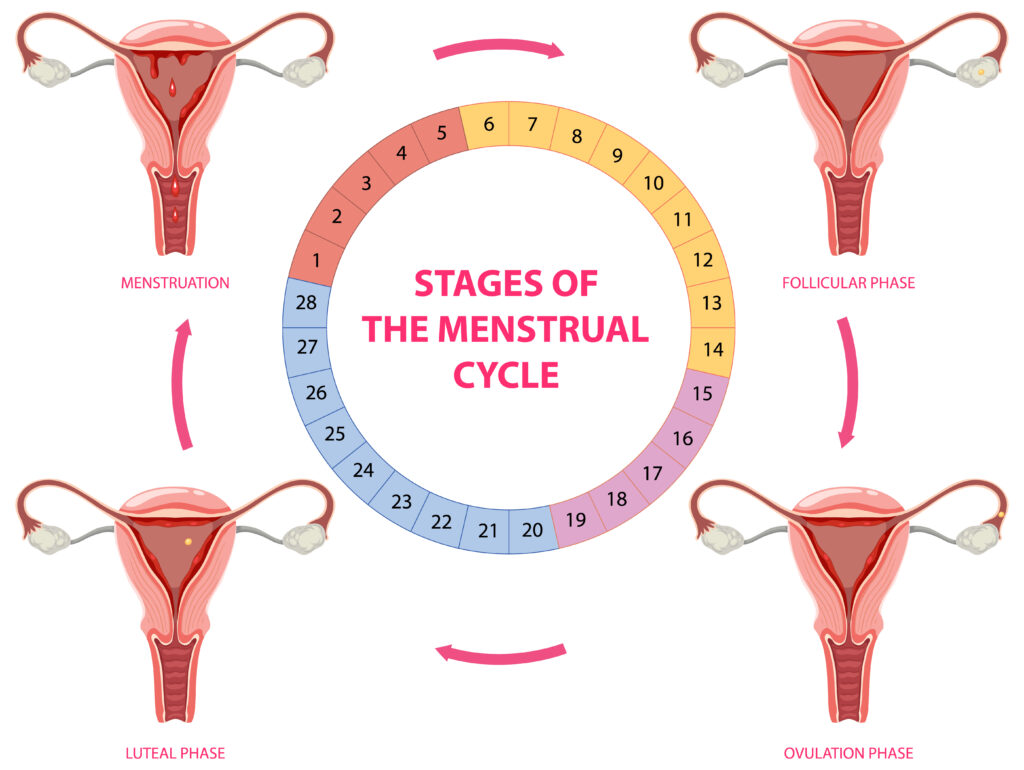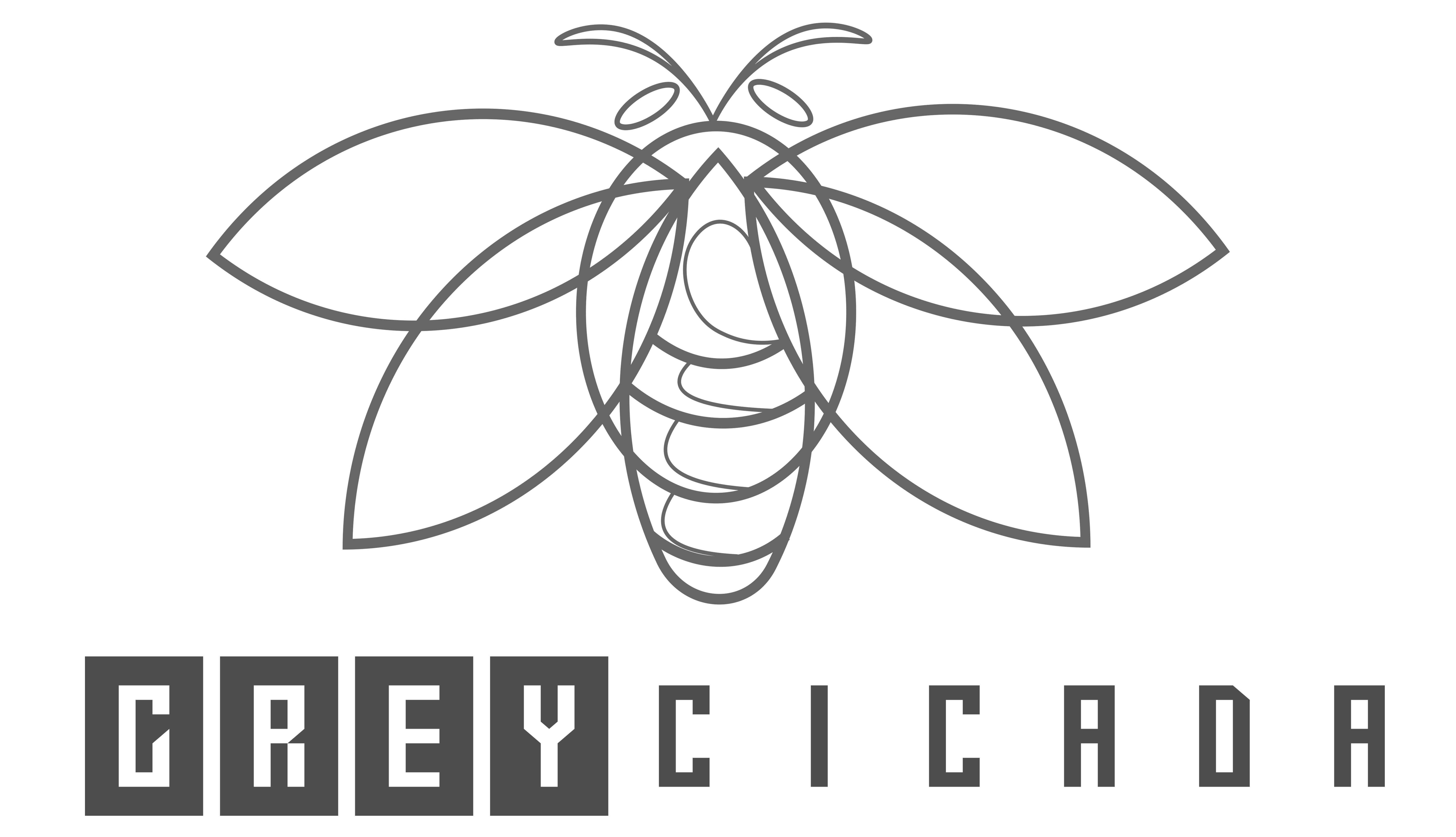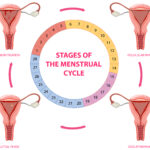FREE SHIPPING OVER $50
Cycle Syncing Mastery: Harness Your Hormones for Productivity
Did you know that your menstrual cycle can affect your productivity, mood, and energy levels? You’re not alone if you’ve ever felt like your hormones are out of sync with your daily life. But there’s a way to harness the power of your cycle and make it work for you. It’s called cycle syncing.
Cycle syncing is a method of aligning your lifestyle, diet, and activities with the four phases of your menstrual cycle: follicular, ovulatory, luteal, and menstrual. By doing so, you can optimize your health, well-being, and performance in every area of your life.
In this blog post, we’ll show you how to navigate hormonal harmony and master cycle syncing. You’ll learn how to identify the signs of each phase, what to eat and avoid, how to exercise and rest, and how to plan your work and personal projects according to your cycle. You’ll also discover the benefits of cycle syncing for your physical, mental, and emotional health.
Demystifying Cycle Syncing

Cycle syncing is a revolutionary way of living in harmony with your natural hormonal rhythms. It is based on the idea that your menstrual cycle has four distinct phases, each with its own physical, mental, and emotional characteristics. By aligning your lifestyle, diet, exercise, work, and relationships with these phases, you can optimize your health, productivity, and well-being.
Cycle syncing was popularized by Alisa Vitti, a functional nutritionist and hormone expert who wrote the best-selling book WomanCode. She discovered that by following the cyclical patterns of her hormones, she could heal her hormonal imbalances and help thousands of women do the same. She created the FLO Living Method, a comprehensive program that teaches women how to cycle sync their lives, and achieve hormonal balance.
Mastering the Menstrual Calendar
One of the most important steps to cycle syncing mastery is to create and follow a personalized calendar that tracks your hormonal fluctuations throughout the month. A cycle-syncing calendar can help you plan your activities, goals, and self-care according to the four phases of your menstrual cycle: follicular, ovulatory, luteal, and menstrual.
By aligning your calendar with your cycle, you can harness the power of your hormones and optimize your productivity, creativity, and well-being. You can also avoid the common pitfalls of hormonal imbalance, such as mood swings, fatigue, and cravings.
But how do you create a cycle syncing calendar that works for you? The key is integrating lifestyle factors supporting your hormonal health, such as diet, exercise, and sleep. These factors can vary depending on the phase of your cycle and your body’s needs.
Tips
Here are some examples of how to cycle sync your diet and exercise with your calendar:
- Follicular phase: Eat more complex carbohydrates and lean proteins. Do more high-intensity workouts.
- Ovulatory phase: Eat more fiber and antioxidants. Engage in more social and collaborative activities.
- Luteal phase: Eat more healthy fats and magnesium. Do more gentle and restorative exercises.
- Menstrual phase: Eat more iron and vitamin C. Take more time for reflection and relaxation.
A cycle syncing calendar is not a one-size-fits-all solution. It is a tool that helps you tune in to your body and its unique rhythms. You can achieve cycle-syncing mastery and unleash your full potential by listening to your body and honoring its needs.
Optimizing Each Phase for Cycle Syncing

Cycle syncing is a powerful way to align your lifestyle with your natural hormonal rhythms. By understanding how your hormones fluctuate throughout your menstrual cycle, you can optimize your productivity, well-being, and health.
In this section, we’ll focus on 4 phases of your cycle we’ll share some strategies for cycle syncing during these phases and how to cope with any challenges.
Embracing the Menstrual Phase
The menstrual phase is the time when you bleed. It lasts about 3 to 7 days and is characterized by a drop in estrogen and progesterone levels. This can cause some physical and emotional symptoms, such as cramps, fatigue, sadness, or introspection.
To embrace these symptoms and mood changes, you can practice menstrual phase cycle syncing. This means honoring your body’s need for rest and reflection and listening to your inner wisdom.
Some strategies for menstrual phase cycle syncing are:
- Eat more iron-rich foods, such as leafy greens, beans, or red meat, to replenish your blood loss and energy.
- Avoid cold or raw foods, such as salads, smoothies, or ice cream, as they can constrict your blood vessels and worsen your cramps.
- Incorporate gentle exercises, such as stretching, yoga, or tai chi, to ease your pain and tension.
- Reduce your workload and social obligations in the menstrual phase when you have less stamina and motivation.
- Focus on tasks that require more intuition, analysis, or evaluation in the menstrual phase when you have more insight and clarity.
- Practice self-care activities that make you feel nurtured and supported, such as cuddling, journaling, or listening to music.
Harnessing the Follicular Phase
The follicular phase is the time between the end of your bleeding and the start of your ovulation. It lasts about 7 to 10 days and is marked by a rise in estrogen and follicle-stimulating hormone levels. This can increase your energy, optimism, curiosity, and learning ability.
To harness these hormonal peaks for productivity, you can practice follicular phase cycle syncing. This means exploring new possibilities and opportunities and learning new skills and information.
Some strategies for follicular phase cycle syncing are:
- Eat more light and fresh foods, such as fruits, vegetables, grains, or fish, to support your digestion and metabolism.
- Avoid heavy or greasy foods, such as fried foods, cheese, or meat, as they can slow down your digestion and metabolism.
- Incorporate moderate exercises, such as jogging, dancing, or aerobics, to boost your circulation and mood.
- Start new projects or initiatives in the follicular phase when you have more enthusiasm and creativity.
- Learn new things or take courses in the follicular phase when you have more curiosity and memory.
- Try new experiences or hobbies that make you feel excited and adventurous, such as traveling, hiking, or painting.
Focusing on the Luteal Phase
The luteal phase is the time between ovulation and menstruation. It lasts about 10 to 14 days and is characterized by a gradual decline in estrogen and progesterone levels. This can cause some physical and emotional symptoms, such as bloating, cramps, irritability, anxiety, or low mood.
To cope with these symptoms and mood changes, you can practice luteal phase cycle syncing. This means adjusting your diet, exercise, work, and self-care routines to support your hormonal balance and ease your discomfort.
Some strategies for luteal phase cycle syncing are:
- Eat more complex carbohydrates, healthy fats, and protein to stabilize your blood sugar and mood.
- Avoid caffeine, alcohol, and sugar as they can worsen your symptoms and mood swings.
- Incorporate gentle exercises like yoga, pilates, or walking to reduce stress and inflammation.
- Prioritize tasks that require more focus and attention in the first half of the luteal phase when you still have high energy and motivation.
- Delegate or postpone tasks that are less urgent or important in the second half of the luteal phase when you may feel more tired or distracted.
- Practice self-care activities that make you feel relaxed and pampered, such as taking a bath, reading a book, or meditating.
Maximizing the Ovulatory Phase
The ovulatory phase is the time when you release an egg from your ovary. It lasts about 3 to 5 days and is marked by a surge in estrogen and testosterone levels. This can boost your energy, confidence, creativity, and libido.
To leverage these hormonal peaks for productivity, you can practice ovulatory phase cycle syncing. This means taking advantage of your strengths and opportunities during this phase and balancing your energy and well-being.
Some strategies for ovulatory phase cycle syncing are:
- Eat more fresh fruits, vegetables, and lean protein to nourish your body and support your ovulation.
- Avoid processed foods, dairy products, and gluten as they can interfere with your hormone production and ovulation.
- Incorporate high-intensity exercises like running, cycling, or HIIT to burn calories and release endorphins.
- Tackle tasks that require more creativity, communication, or collaboration in the ovulatory phase when you have more charisma and inspiration.
- Network with people who can help you achieve your goals or expand your horizons in the ovulatory phase when you have more social skills and magnetism.
- Balance your energy and well-being by setting boundaries, saying no to things that don’t serve you, and taking breaks when you need them.
Benefits of Cycle Syncing
Cycle syncing is a powerful way to optimize your health, productivity, and well-being by aligning your daily habits with your natural hormonal rhythms. By understanding how your hormones fluctuate throughout your menstrual cycle, you can tailor your diet, exercise, work, and self-care to suit your needs and goals.
But what are the benefits of cycle syncing? How can it help you achieve more in your personal and professional life? Here are some of the scenarios where cycle syncing is most beneficial:
- Boosts your energy and mood: Cycle syncing can help you avoid the energy slumps and mood swings that often come with hormonal imbalances. By eating the right foods, doing the right workouts, and practicing the right self-care for each phase of your cycle, you can support your hormones and feel more energized and balanced.
- Improves your fertility and reproductive health: Cycle syncing can help you improve your chances of conceiving naturally or with assisted reproductive technology. By tracking your cycle and knowing when you ovulate, you can time intercourse or insemination for optimal results. By nourishing your hormones with cycle-syncing foods, you can also improve your egg quality and uterine lining.
- Manages or prevents hormonal issues: Cycle syncing can help you prevent or reduce the symptoms of common hormonal issues such as PMS, PCOS, endometriosis, fibroids, acne, weight gain, insomnia, and more. By addressing the root causes of these issues, such as inflammation, insulin resistance, estrogen dominance, and stress, you can restore your hormonal balance and heal your body naturally.
- Enhances your creativity and productivity: Cycle syncing can help you tap into your unique strengths and talents in each phase of your cycle. By aligning your tasks and projects with your hormonal shifts, you can maximize your efficiency and effectiveness. For example, you can use the follicular phase for brainstorming and planning, the ovulatory phase for networking and collaborating, the luteal phase for executing and completing, and the menstrual phase for reflecting and evaluating.
Common Challenges and Misconceptions
Some common challenges and misconceptions about cycle syncing are:
- It’s too complicated or time-consuming: Cycle syncing is very simple and intuitive once you get the hang of it. You don’t need to follow a strict schedule or a rigid plan. You just need to listen to your body and adjust your habits accordingly. You can use apps, calendars, or journals to track your cycle and get reminders of what to do in each phase.
- It’s only for women who have regular cycles: Cycle syncing is beneficial for all women, regardless of their cycle length or regularity. Even if you have irregular cycles, you can still use cycle syncing to support your hormones and improve your health. You just need to pay attention to the signs of ovulation, such as cervical mucus, basal body temperature, and ovulation tests, to know which phase you are in.
- It’s only for women who are not on hormonal birth control: Cycle syncing is possible for women who are on hormonal birth control, but it may not be as effective or accurate. Hormonal birth control suppresses your natural hormone production and creates a synthetic cycle that does not reflect your true hormonal rhythms. However, you can still use cycle syncing as a general guideline for healthy living and adapt it to your needs.
Cycle Syncing Calendar
A cycle-syncing calendar consists of four main phases: Menstruation, Late Follicular, Ovulation, and Luteal. Each phase has its characteristics, challenges, and opportunities. Here is an example of what a cycle-syncing calendar looks like:
| Phase | Duration | Hormones | Activities | Workouts | Diet |
|---|---|---|---|---|---|
| Menstruation | 3-7 days | Low estrogen | Rest, reflect | Gentle yoga | Iron-rich |
| and progesterone | Journal, meditate | Stretching | Hydrating | ||
| Pamper yourself | Tai chi | Warm soups | |||
| Late Follicular | 7-10 days | Rising estrogen | Learn, create | Cardio | Protein |
| Brainstorm, innovate | Strength | Healthy fats | |||
| Try something new | Dance | Nuts and seeds | |||
| Ovulation | 3-4 days | High estrogen | Connect, share | HIIT | Fiber |
| and testosterone | Network, collaborate | Pilates | Antioxidants | ||
| Express yourself | Zumba | Fruits and veggies | |||
| Luteal | 10-14 days | Falling estrogen | Organize, finish | Low impact | Complex carbs |
| and rising progesterone | Declutter, prioritize | Walking | Magnesium | ||
| Relax, unwind | Yoga nidra | Dark chocolate |
You can customize your cycle syncing calendar according to your personal preferences, goals, and lifestyle. The key is to listen to your body and honor its needs. By doing so, you can harness your hormones for productivity and well-being.
FAQs
Yes, cycle syncing is a concept that involves aligning your activities, diet, and exercise with different phases of your menstrual cycle. Many women report positive outcomes, such as improved energy levels and mood.
Yes, cycle syncing is effective. By aligning lifestyle with menstrual phases, it optimizes well-being based on hormonal changes.
While anecdotal evidence supports cycle syncing, scientific research on its efficacy is limited. Some studies suggest potential benefits, but more research is needed to establish conclusive evidence.
During cycle syncing, it’s advisable to limit processed foods, excess caffeine, and sugary snacks. Opting for nutrient-dense, whole foods can support your energy levels and overall well-being throughout your menstrual cycle.
Before You Leave
Cycle syncing is not a fad or a myth, but a powerful and practical way to align your work and life with your natural rhythms. By understanding the hormonal shifts and changes that occur throughout your menstrual cycle, you can optimize your productivity, creativity, and well-being, and achieve more with less stress and struggle.
If you found this blog post insightful, explore more on female health by delving into our related articles:
- Seed Cycling for Hormones: Unlocking Hormonal Harmony
- Understanding the Luteal Phase: Your Body’s Monthly Journey
- Follicular Phase Demystified: Your Guide to Radiant Well-being
- Kegel Exercises for Women: A Simple Guide
- Lifestyle Changes for Hormone Imbalance and Menopause Symptoms
- L-glutamine for Gut Health and Bloating
- How to Tighten Loose Skin Naturally
We trust you’ll find these insights valuable. Feel free to share and leave a comment if you have anymore questions.








Thanks I have recently been looking for info about this subject for a while and yours is the greatest I have discovered so far However what in regards to the bottom line Are you certain in regards to the supply